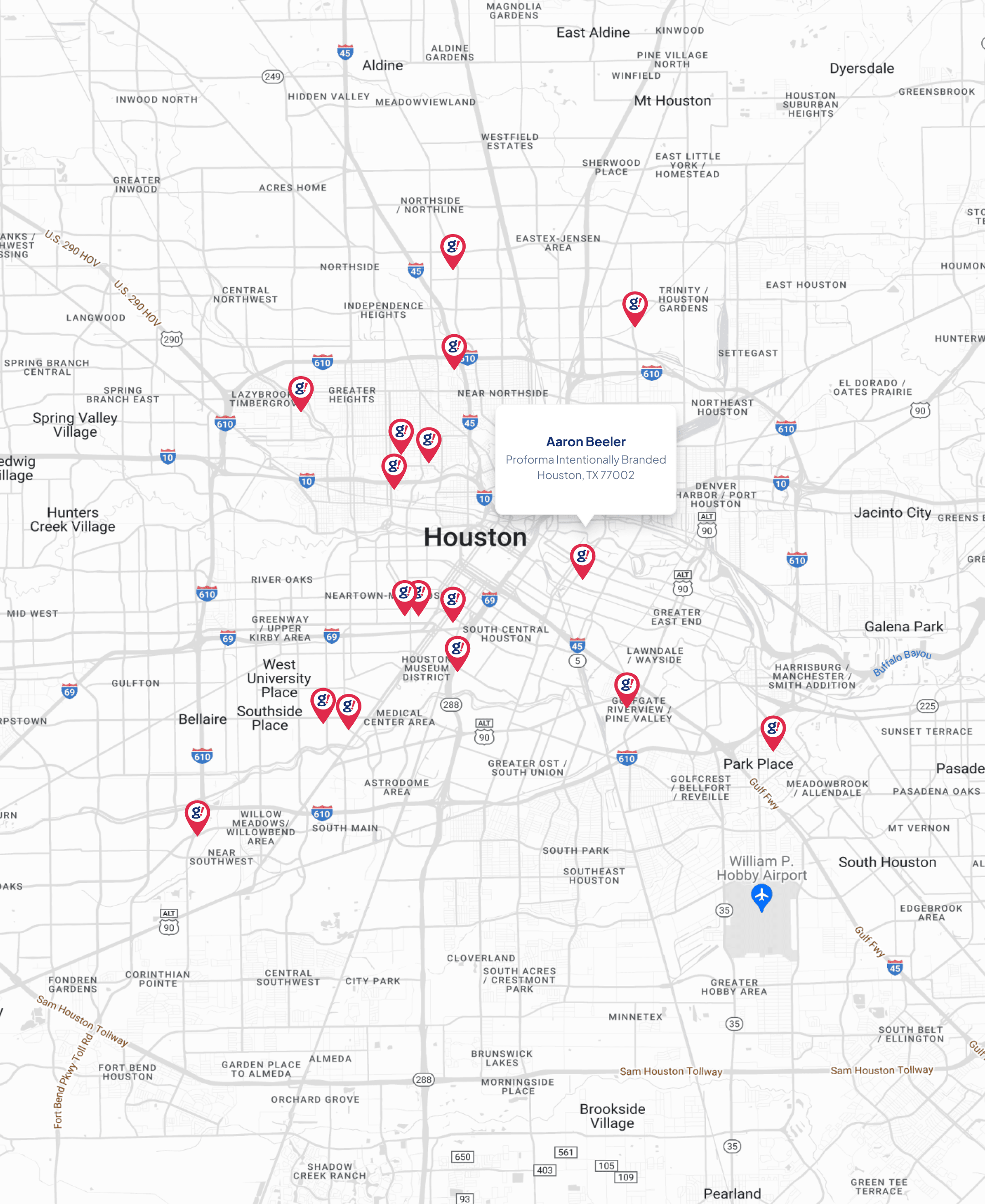Understanding Machine learning
- Updated on: 2020-07-05
- Read original article here

Artificial intelligence is everywhere in the press. Machine learning is everywhere in companies.
What is the link between these three disciplines, and above all, what differentiates them?
Indeed, in the common imagination, when we talk about artificial intelligence , we mean by this a program that can perform human tasks , learning on its own. However, AI as defined in the industry is rather “more or less advanced algorithms which imitate human actions”.
For example, a program that tells us if we are overweight (by giving it our height and weight), is an AI: the use of the logic IF… THEN… ELSE… in a program makes it AI, without she is “really” intelligent. Likewise, a Turing machine is an AI.
Conversely, a strong artificial intelligence ( AGI ) or an artificial superintelligence (ASI) are completely autonomous and self-learning (but there is none at present a priori)!
In summary, if Artificial Intelligence is a very large field which partly includes algorithms that “do not make you dream”, there are also more efficient algorithms, especially in machine learning .
Let’s start with a simple example: imagine that you wanted to create an AI that gives you the price of an apartment based on its surface area .
In the 1950s, you would have done a program of the type “if the area is less than 20m², the price is worth € 60,000, if it is between 20m² and 30m², the price is worth € 80,000, etc.”, or maybe be “price = area * 3,000”.
If you have a statistician friend , he could then tell you that these approximations are not satisfactory, and that it would be enough to note the price of lots of apartments whose area is known to estimate the price of a new size apartment. not referenced! Your friend has just given birth to machine learning (which is therefore a sub-domain of artificial intelligence).
Indeed, appeared in the 1980s, machine learning (ML) is the application of statistical methods to algorithms to make them more intelligent. The challenge of ML is to construct curves which approximate the data and allow generalization easily. It therefore rests on the ability of algorithms to receive a lot of data and to “learn” from them (ie correct the approximation curves)!
Machine learning is a broad field, which includes many algorithms. Among the most famous are:
From what has just been explained, we understand why ML is “self-learning AI”: the algorithm itself determines what is the best approximation of data , and it is not a human who says “ the coefficients of the equation which approximates the data are 0.375, 174.83578563 and 283.2874 ”(in general, it is impossible for a human to find these values, because there is too much data to take into account… while a machine has “just” to do the calculations).
Machine learning can appear in many guises. We now discuss a number of
applications, the types of data they deal with, and finally, we formalize the
problems in a somewhat more stylized fashion. The latter is key if we want to
avoid reinventing the wheel for every new application. Instead, much of the
art of machine learning is to reduce a range of fairly disparate problems to
a set of fairly narrow prototypes. Much of the science of machine learning is
then to solve those problems and provide good guarantees for the solutions.
Before the world was even aware of the threat posed by the coronavirus (COVID-19), artificial intelligence (AI) systems had detected the outbreak of an unknown type of pneumonia in the People’s Republic of China (hereafter “China”). As the outbreak has now become a global pandemic, AI tools and technologies can be employed to support efforts of policy makers, the medical community, and society at large to manage every stage of the crisis and its aftermath: detection, prevention, response, recovery and to accelerate research (Figure 1).
Nowadays many misconceptions are there related to the words machine learning, deep learning and artificial intelligence(AI), most of the people think all these things are the same whenever they hear the word AI, they directly relate that word to machine learning or vice versa, well yes, these things are related to each other but not the same. Let’s see how.
AI means to replicate a human brain, the way a human brain thinks, works and functions. The truth is we are not able to establish a proper AI till now but we are very close to establish it, one of the examples of AI is Sophia, the most advanced AI model present today. The main goal here is to increase the success rate of an algorithm instead of increasing accuracy. It works like a computer program that does smart work.
Machine learning is one subfield of AI. The core principle here is that machines take data and “learn” for themselves. It’s currently the most promising tool in the AI kit for businesses. The main goal here is to increase the accuracy of an algorithm instead of its success rate.
There are some steps involved in machine learning which are a prediction, classification, recommendations, clustering and decision making. When all these five work together we call it artificial intelligence.
Deep Learning is a subset of ML. The main difference between deep and machine learning is, machine learning models become better progressively but the model still needs some guidance. If a machine learning model returns an inaccurate prediction then the programmer needs to fix that problem explicitly but in the case of deep learning, the model does it by himself. Automatic car driving system is a good example of deep learning.
In this tutorial, we’ll look into the common machine learning methods of supervised and unsupervised learning, and common algorithmic approaches in machine learning, including the k-nearest neighbor algorithm, decision tree learning, and deep learning. We’ll explore which programming languages are most used in machine learning, providing you with some of the positive and negative attributes of each. Additionally, we’ll discuss biases that are perpetuated by machine learning algorithms, and consider what can be kept in mind to prevent these biases when building algorithms.



